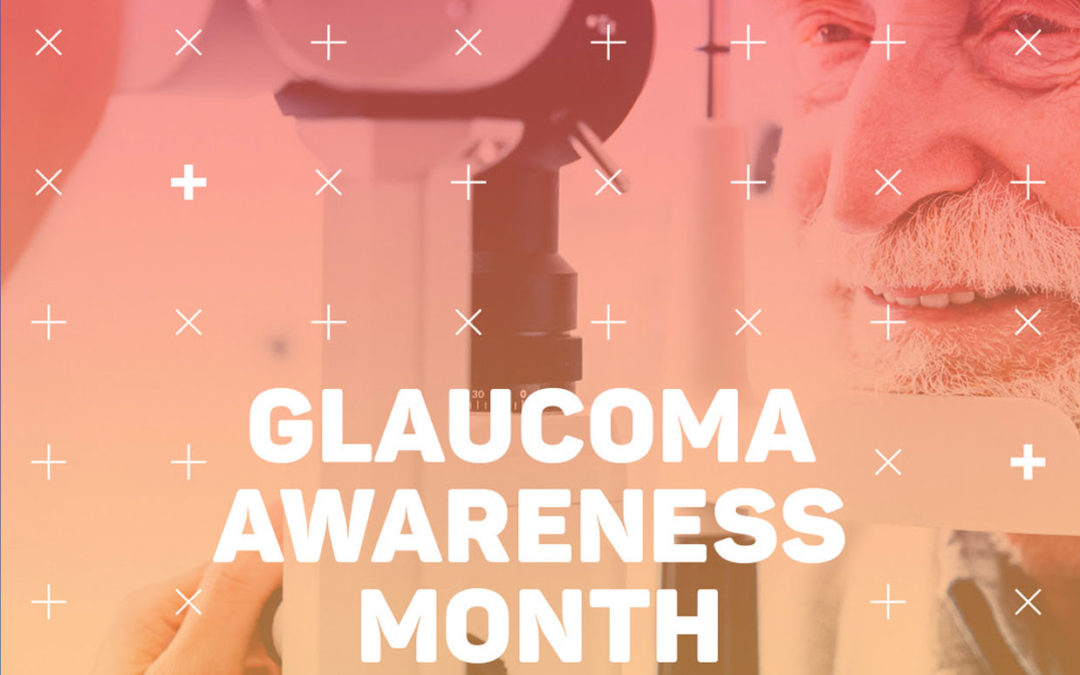Each of our prime products are crafted to the highest standards and backed by science in an effort to best address the spectrum of unique needs of Pennsylvania patients. Our Qualifying Conditions Series examines the 23 qualifying conditions in the Pennsylvania Medical Marijuana Program and shares how medical marijuana may potentially benefit patients living with one or more of these conditions.
QUALIFYING CONDITION: Glaucoma
“A group of eye disorders that lead to progressive damage to the optic nerve”
About this qualifying condition:
Glaucoma is not just a singular disease, but an umbrella term for multiple eye conditions that deteriorate the optic nerve. These conditions share characteristic symptoms: increasing pressure in the eye, blurred vision, nausea, and headaches.
Optometrists have identified two major forms of glaucoma. The primary open-angle condition occurs, when eye fluid is overproduced and improperly drained, building pressure around the optic nerve. Angle-closure glaucoma is a less common and more urgent form, which develops in patients when eye fluid drainage is blocked by the iris.
Glaucoma is believed to be inherited through family genetics, but factors such as eye injury, advanced age, and immune threats may also contribute. If left untreated, glaucoma may result in vision loss for the affected eye. The CDC estimates that 3 million Americans live with glaucoma, but half of these individuals are unaware due to undetected symptoms.
History:
Glaucoma conditions have been observed as early as ancient Greece, when the condition was diagnosed as the result of color changes within the pupil and iris. Eye pressure and nerve damage were not associated with glaucoma, until the work of 16th century surgeon Richard Banister, who cited “eye hardness” as a tell-tale sign of glaucoma.
Today, routine eye check-ups are a critical way to detect and treat glaucoma in its early stages. Innovative research is being conducted to draw a link between glaucoma, gene therapy, and immunotherapy. There is no cure for glaucoma or the blindness it may cause, but preventive treatment might protect against progressive vision loss. Glaucoma patients may be prescribed medicated eye drops or undergo laser and surgical operations to address issues of eye fluid and pressure.
Medical Literature:
Medical marijuana cannot cure optic nerve damage or blindness, but emerging studies suggest it may potentially alleviate glaucoma symptoms unrelated to vision loss.
Studies from the 1970s have shown that 60-65% of subjects who inhaled marijuana experienced a reduction in eye pressure. Other researchers have observed that inhaling marijuana improved the drainage of eye fluid in test subjects.
Cannabinoids:
THC, the most abundant and psychoactive cannabinoid, has the potential to provide relief for a host of glaucoma-related ailments. Beyond its observed reduction of eye pressure in studies, THC may also potentially combat nausea and pain – side effects that can arise from improper eye fluid drainage. Another side effect is anxiety, which is experienced by many glaucoma patients with progressive vision loss. CBD, another compound in medical marijuana that does not produce a psychoactive effect among users, may potentially calm such anxiety without impairing the patient.
Every product produced by our expert cultivation team has an extensive list of cannabinoids, which contribute to the potential effects users may feel from our high-quality medicine. Check the label on your medical marijuana packaging to learn about the specific levels of cannabinoids and terpenes in each of our prime products.
For the latest on our products and strains, follow us on Instagram.


